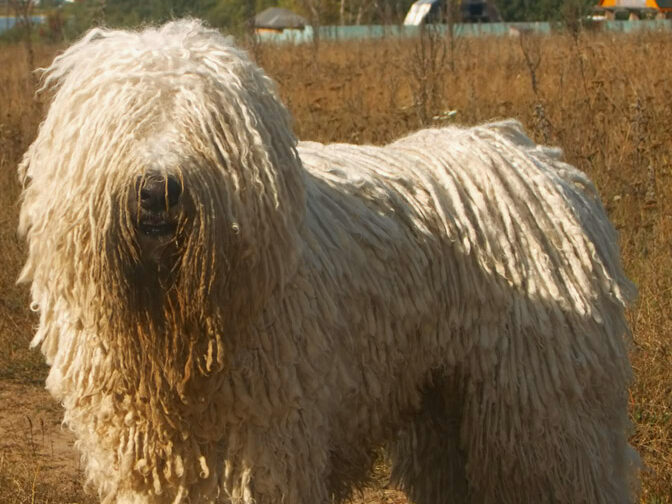
Just because a dog is big doesn’t mean they throw their weight around. Some of the gentlest, most patient dogs come in oversized packages. Whether it’s a cat, a rabbit, or a tiny rescue pup, these large breeds often adjust without fuss. They watch their step, take the hint, and become unlikely protectors of creatures a fraction of their size. Here are 15 dog breeds that are gentle with small pets.
Bernese Mountain Dog

Berners are big and fluffy, but they move like they’re walking on eggshells. These dogs don’t rush into anything, which is a blessing when small pets are involved. They tend to be slow, observant, and surprisingly gentle, even when curious. You’ll find them lying nearby while the kitten explores or sniffing a guinea pig without causing a scene. Their patience makes them a great fit for small, skittish companions.
Newfoundland

With their thick coats and slow movements, Newfoundlands are often mistaken for gentle bears. And that’s not far off. They’re calm, steady, and tend to treat tiny animals like something fragile that needs guarding. They don’t react quickly or jump into play. Instead, they lie down and observe. Small pets can climb, sniff, or nudge them without fear. These dogs would rather nap than startle anyone.
Great Dane

It takes effort to get a Great Dane excited. They’re tall, yes, but they’re also chill. Most prefer couches to chaos and tend to treat small pets as part of the background. If a cat crosses their path, they usually just step over it or look mildly confused. They’re not hyper, not jumpy, and definitely not aggressive without reason. Big body, low energy, and zero interest in chasing the hamster.
Leonberger

Leonbergers can reach 150 pounds, but they behave like oversized therapy dogs. They’re known for being kind, especially in quiet households. Around small pets, they move slowly and keep their noses low. They might watch the cat with interest but rarely chase or bark. If the tiny pet is calm, so are they. Leonbergers don’t throw tantrums. They just settle in and try to be part of the group.
Irish Wolfhound
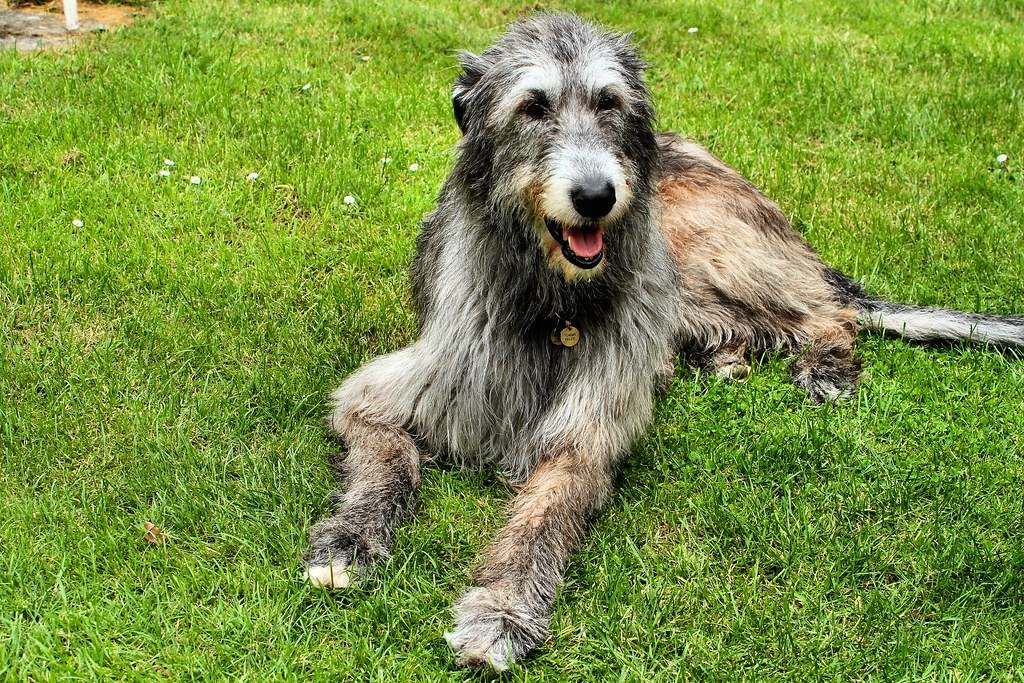
They were bred to hunt wolves, but today’s Irish Wolfhounds are more into napping than chasing. They’re gentle giants with long legs and even longer patience. Cats, small dogs, and rodents don’t usually bother them. They’ll sniff, maybe follow for a few feet, then lie down and forget the whole thing. You’ll spend more time worrying about space on the couch than keeping peace in the house.
Saint Bernard

Saint Bernards drool a lot, but they don’t overreact. These dogs are calm by default, and that helps with tiny housemates. They’re used to moving slow, pausing when they see something underfoot, and adapting to the pace of smaller creatures. The most they’ll do is observe with curiosity. They’re gentle with kids, and that softness usually extends to anything smaller than a tennis ball, too.
Borzoi
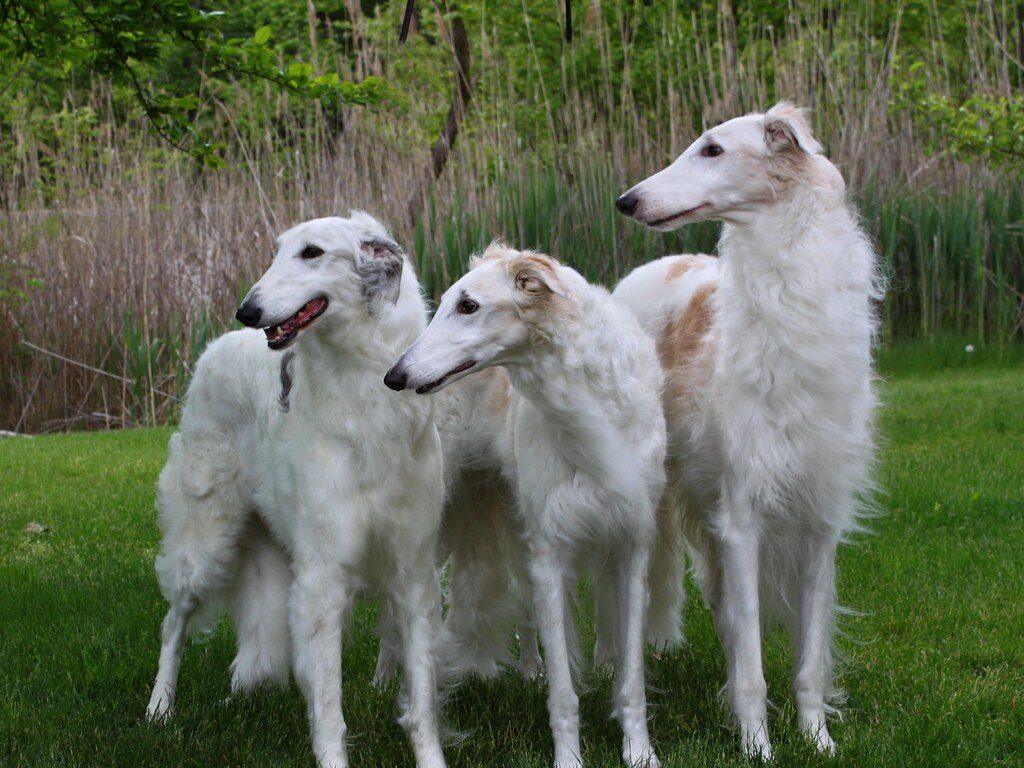
Borzoi may look regal and fast—and they are—but they’re not rough. Around small pets, they’re surprisingly reserved. They don’t crowd or chase unless encouraged. Their long bodies stretch out in quiet corners, and they tend to watch from a distance rather than interact right away. As long as the small pet isn’t darting around constantly, Borzoi usually choose calm over chaos.
Standard Poodle
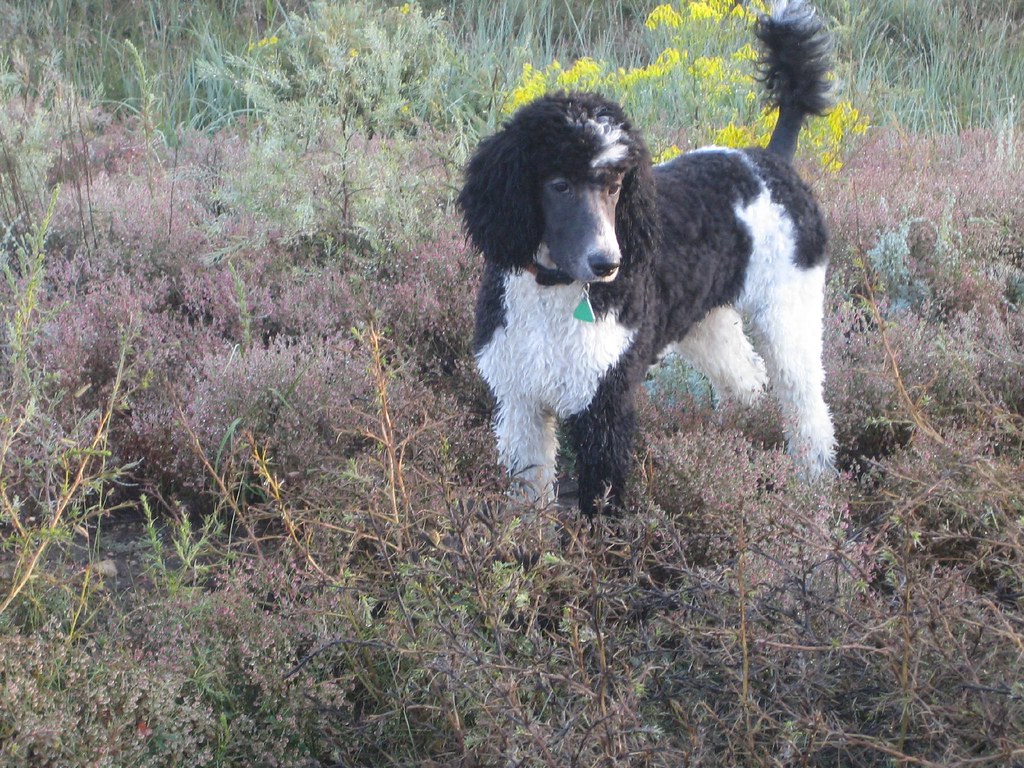
Don’t let the haircut fool you. Standard Poodles are smart, intuitive, and gentle with smaller pets. They learn fast, and once you set a rule—like “don’t bug the cat”—they stick to it. They’re not known for being aggressive or rough, and they usually prefer structured interaction. Poodles don’t mind watching the tiny animal from a distance. They’re thinkers, not chasers.
Greater Swiss Mountain Dog
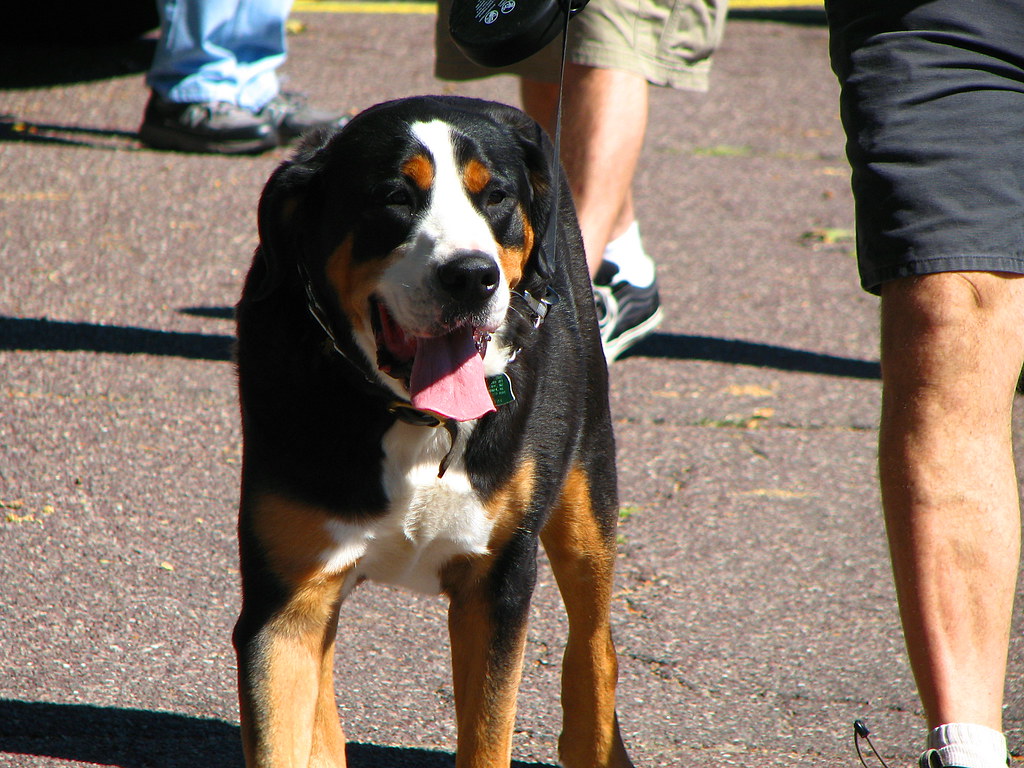
These dogs look like they could knock over furniture with a tail swipe—and sometimes they do. But when it comes to small pets, they tend to tread carefully. They’re balanced, social, and not prone to outbursts. You’ll often see them pause when something little gets in the way like they’re double-checking before stepping forward. Their gentle focus makes them better roommates than you’d expect.
Old English Sheepdog
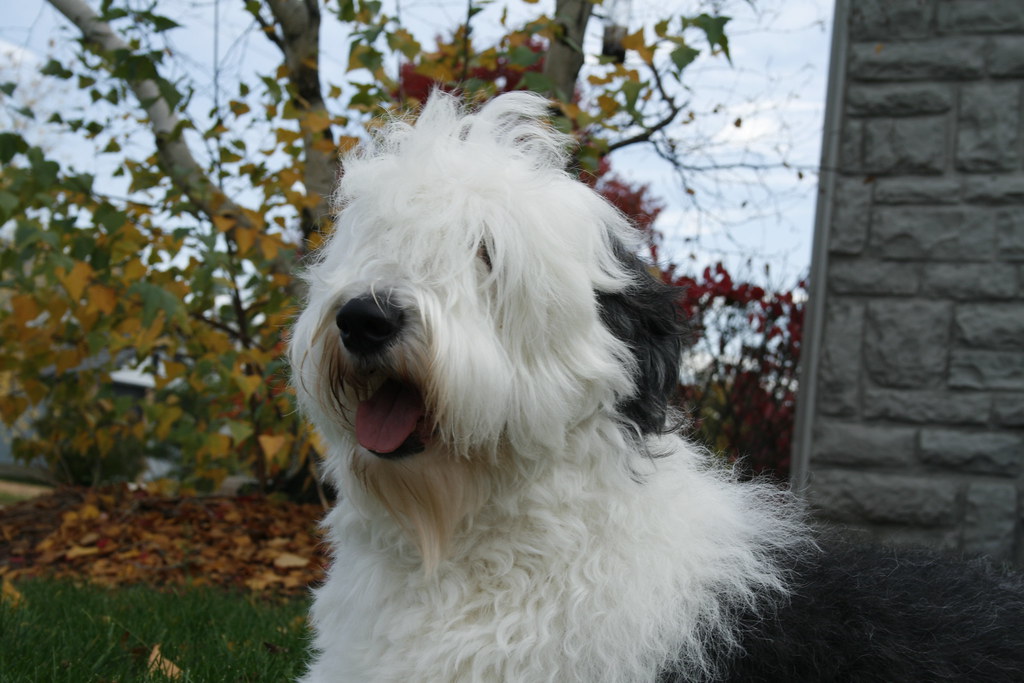
Big body, soft heart. Old English Sheepdogs are playful but not reckless. They were bred to herd without harm, and that instinct usually translates well to coexisting with smaller animals. They might hover near the cat or gently follow the bunny, but it’s more about curiosity than control. Given enough time, most settle into the role of quiet observer with a furry shadow.
Rottweiler
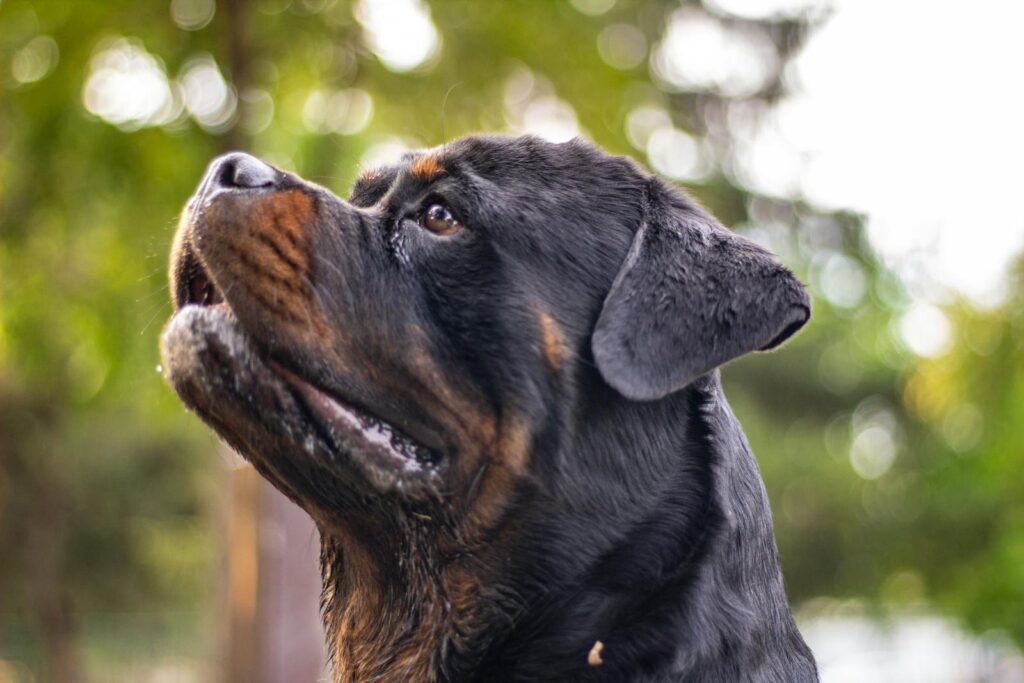
This one surprises people. Rottweilers have a tough reputation, but with training and consistency, they’re often quiet and respectful indoors. Around tiny pets, a well-socialized Rottweiler tends to be protective more than predatory. They follow house rules well and don’t usually chase unless taught to. If they’re raised around small animals, they often treat them like part of the crew.
Mastiff
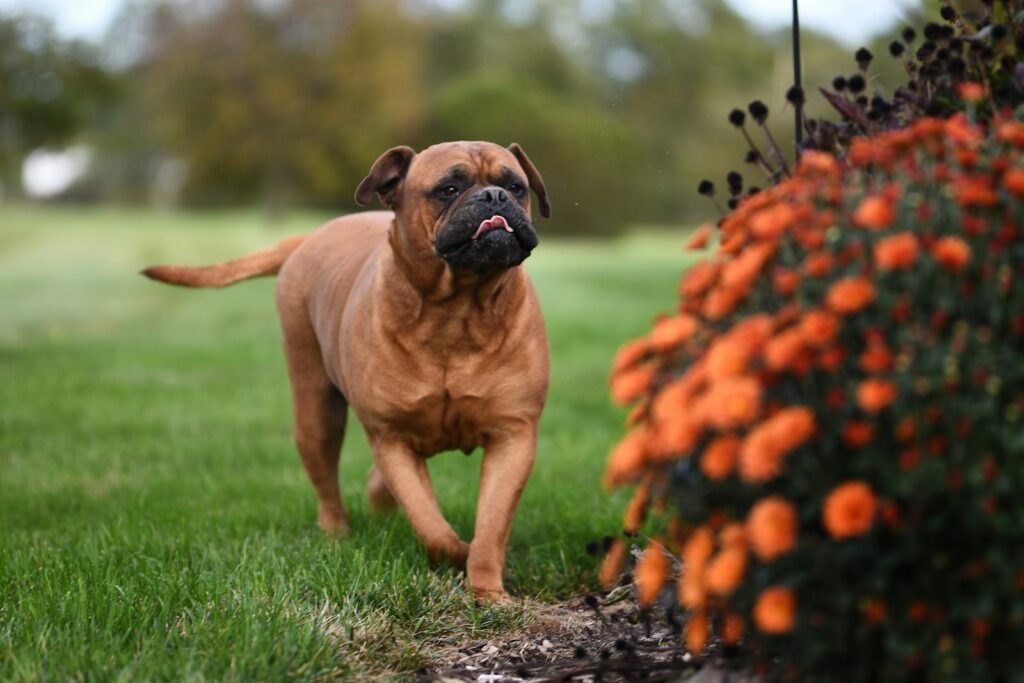
Mastiffs are massive but slow-moving and low-energy. They don’t care about chasing toys, let alone tiny pets. You’ll find them lying in the sun, occasionally watching a small critter scurry by without reacting. They’re not curious by default, and that disinterest helps everyone stay calm. Cats, small dogs, and rabbits often feel safer around a Mastiff than they would around a terrier half the size.
Alaskan Malamute
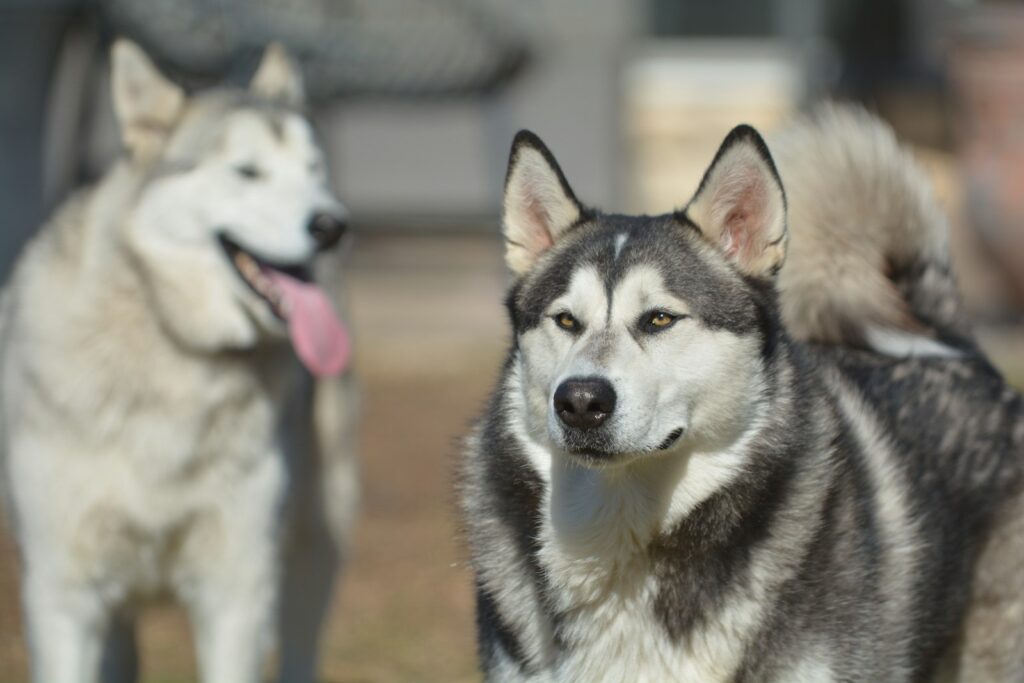
This one takes patience. Malamutes have a strong prey drive, but with training and early introductions, many learn to live peacefully with small pets. They’re social, affectionate, and eager to be part of the household. Once the novelty wears off, most Malamutes settle into a groove. They’re too smart to ignore the rules, and if you stay consistent, they’ll usually follow your lead.
Black Russian Terrier
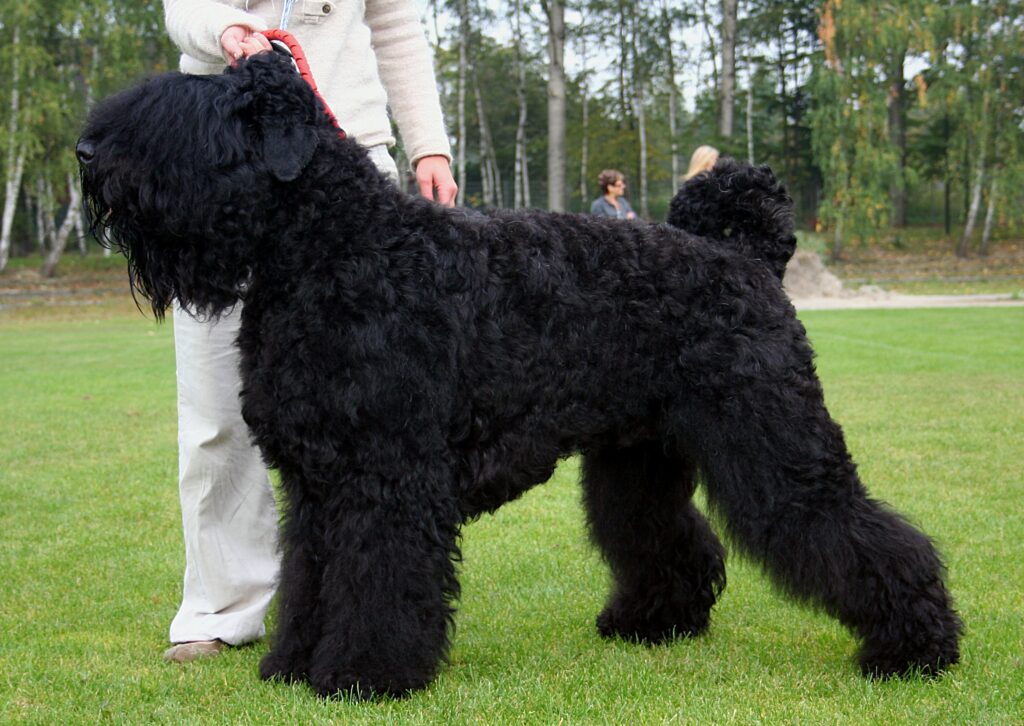
Bred as guard dogs, Black Russian Terriers are alert but surprisingly measured. They’re not easily excitable, and once they understand that the cat or bird belongs, they usually stop paying attention. These dogs want structure, and they respect boundaries. They won’t befriend the small pet overnight, but they also won’t escalate things without cause. Slow intros and steady routines work best.
Komondor
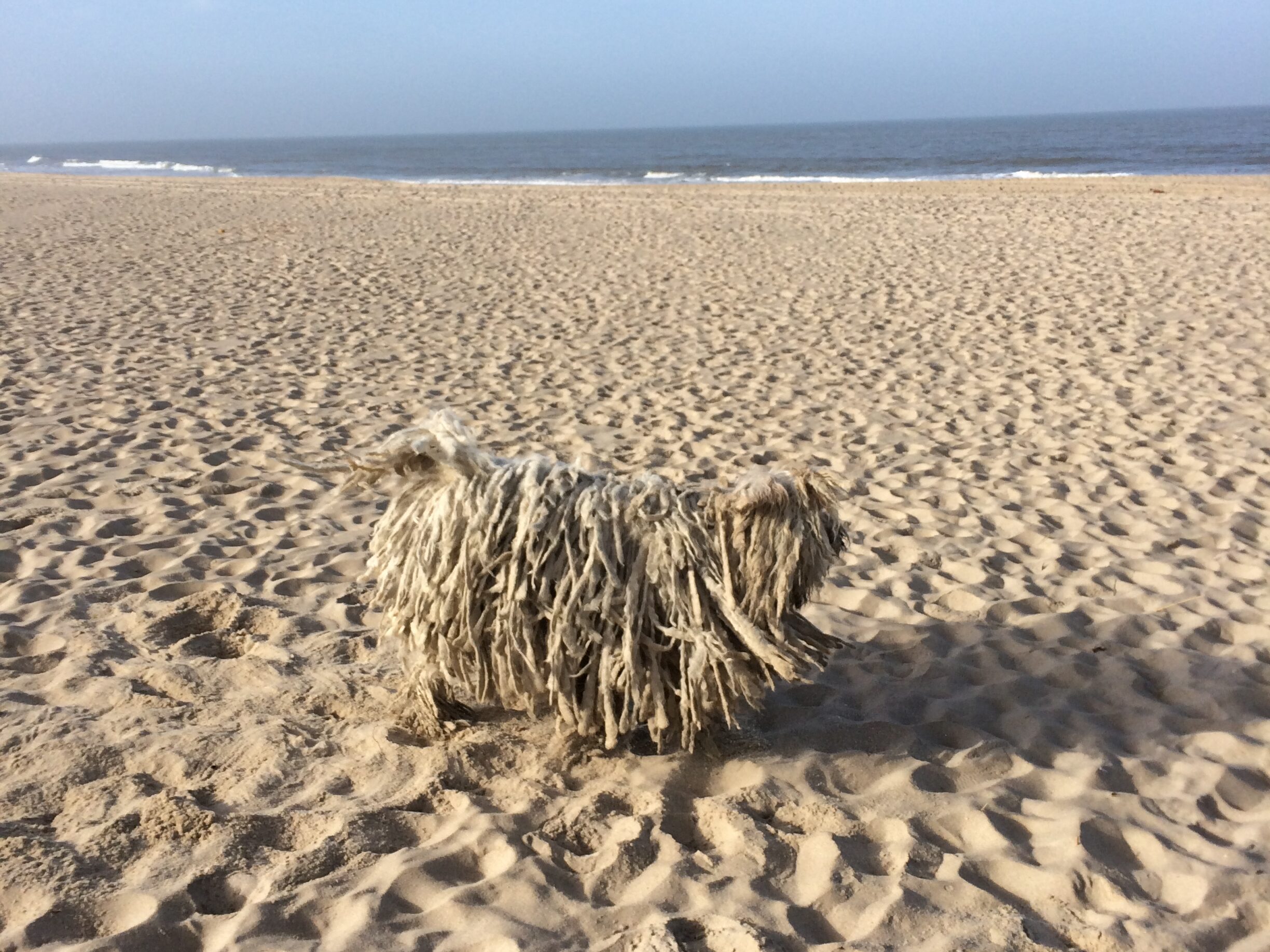
The mop-like look might distract you, but Komondors are serious workers. Around tiny animals, they’re mostly indifferent unless something feels “off.” They were bred to guard flocks, so they often treat smaller pets as part of the herd. They don’t play rough or charge into rooms. They assess, react when needed, and otherwise keep their distance. As long as everyone has space, they’re usually calm and respectful.
